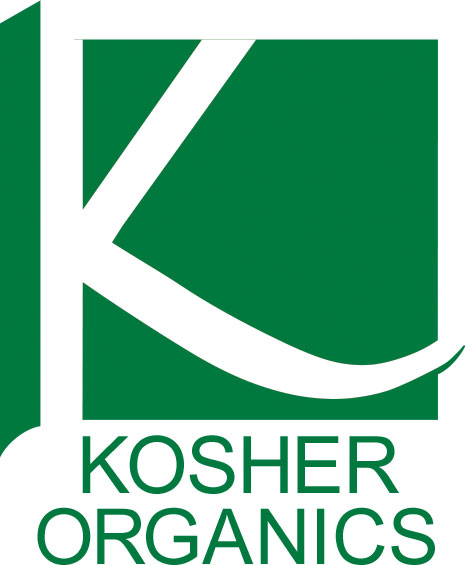Consumers should be able to rely on the reassuring “100 percent Beef” label on the package when making a purchase. But from the label , you would never know that much of the commercial beef on the market actually contains a chemical commonly found in floor cleaners! Anhydrous ammonia, which appears nowhere on the label, is now being intentionally added to meat by one of the nation’s largest beef distributors.
Beef product Inc. (BPI) sells its ammoniated product ( used in frozen hamburger, taco meats, low-fat hot dogs, beef-stick snacks) to major fast food chains and food distributors as well as the federal Child Nutrition Program.
It’s likely you or a family member has eaten ammoniated beef products already and didn’t know it. BPI uses low-grade beef trimmings (notoriously high in microbial pathogens like E. coli, Salmonella, Lysteria and Staph) and the fat spins off. It then pumps the treated beef full of ammonia to kill the pathogens that flourished during the fat removal process. But not all of the pathogens are reduced and some might even be increased.
In 1973, the Food and Drug Administration declared ammonia a Generally Recognized as Safe Substance (GRAS) on the basis that it is a metabolite found in foods and is safe at naturally occurring concentrations. It’s one thing to find low levels of ammonia in beef because of natural metabolic processes in cows; it is a different when ammonia levels are elevate artificially.
It is a common industry practice to infuse ground beef with carbon monoxide gas, which keeps beef red for weeks after it actually spoils, tricking consumers into buying bad meat . And just as with the ammonia-treated product, the label the label on the package makes no mention that the meat was gassed with carbon monoxide.
